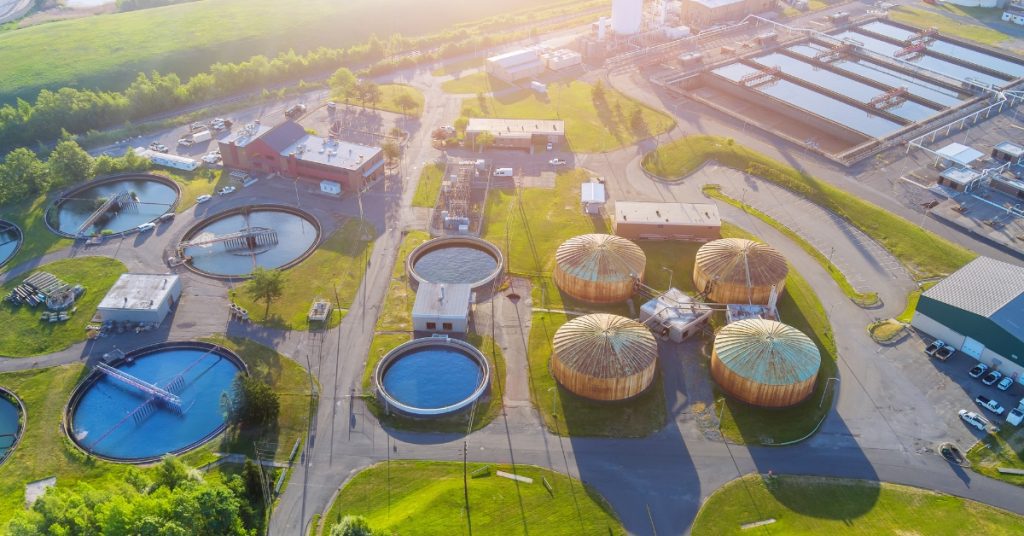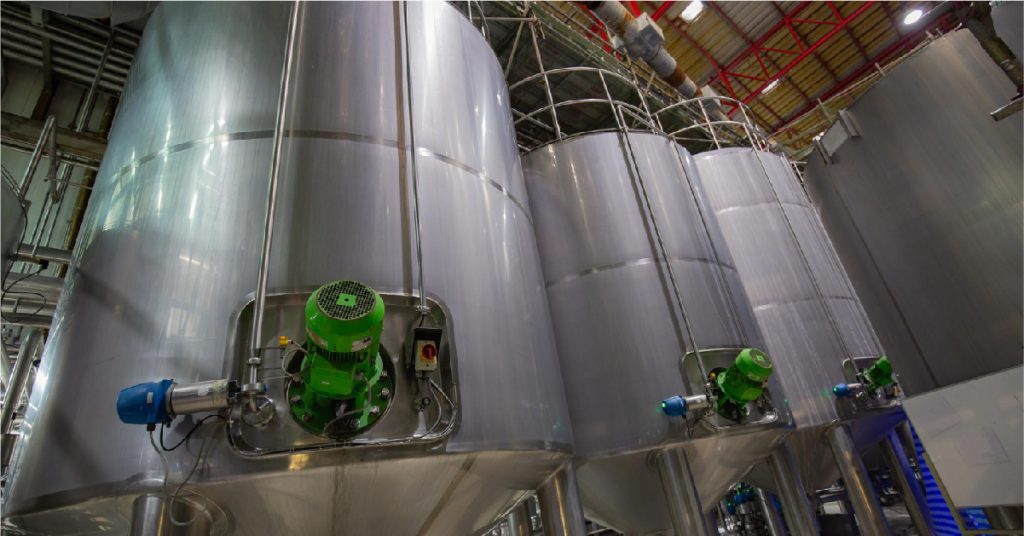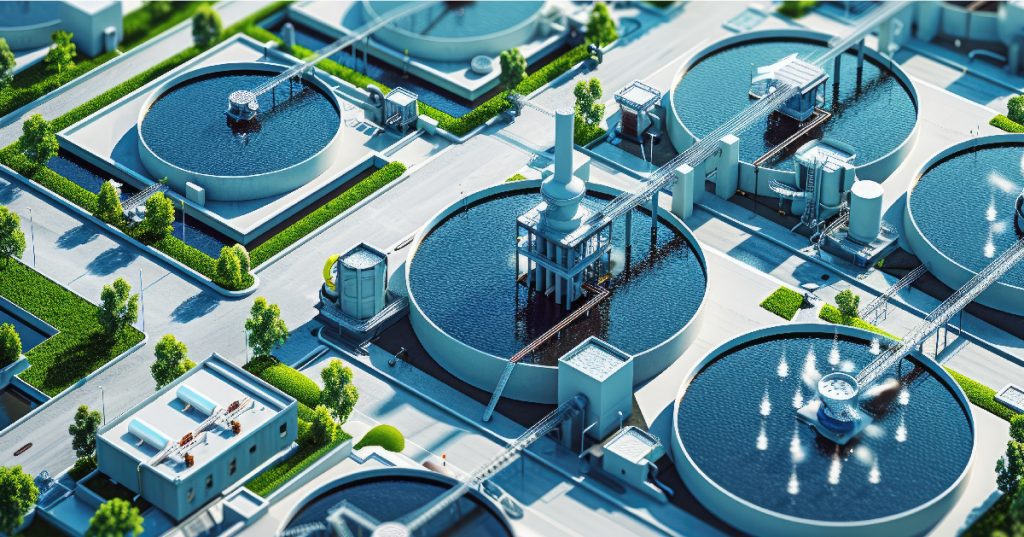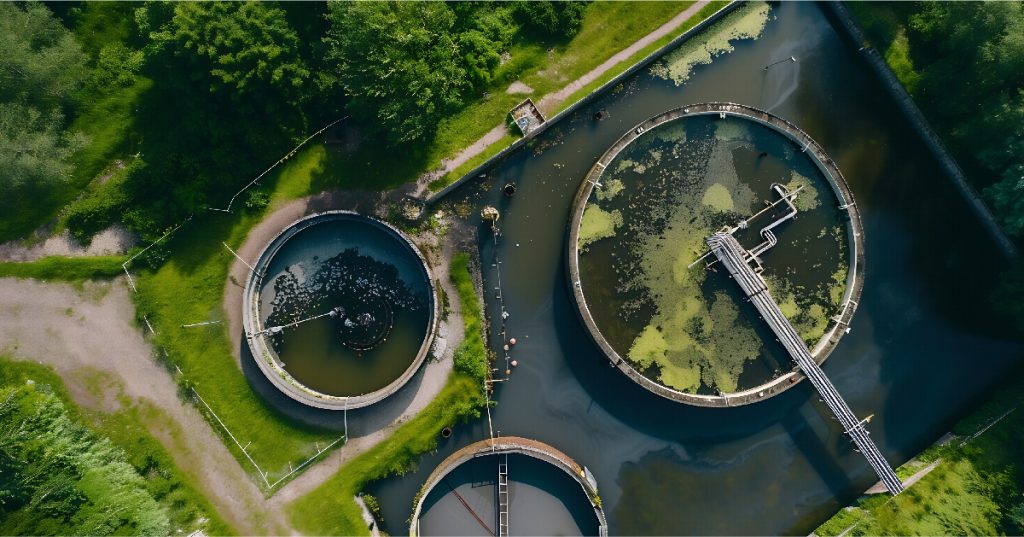Access to clean and safe drinking water remains a crucial challenge in India, where population density, rapid industrialization, and uneven infrastructure place significant pressure on water resources. Advanced and sustainable water purification technologies have gained importance in addressing this. This article compares the modern methods of water purification widely used in India today, evaluating their effectiveness, applications, and limitations.
Why Modern Purification Methods Matter?
Traditional water treatment methods like boiling or basic filtration no longer suffice in dealing with complex contaminants such as heavy metals, microplastics, pesticides, and industrial effluents. Modern methods of purification of water purification are designed to remove not only physical impurities but also chemical and biological contaminants. As water quality becomes increasingly linked to health and economic outcomes, selecting the right purification technique becomes vital.
Overview of Modern Water Purification Methods in India
There are several types of water purification methods available today, each suited for specific use cases—from rural households to large-scale municipal or industrial applications. Here, we compare five of the most prominent and effective solutions.
1. Reverse Osmosis (RO)
Among the 5 methods of water purification, Reverse Osmosis is perhaps the most widely recognized and used in India. RO uses a semi-permeable membrane to filter out dissolved solids, salts, heavy metals, and microbes.
Advantages:
- High effectiveness in removing contaminants
- Suitable for hard water and brackish sources
Limitations:
- Wastage of water during the process
- Requires regular maintenance and electricity
RO is commonly used in urban households and commercial establishments where Total Dissolved Solids (TDS) levels are high.
2. Ultraviolet (UV) Purification
UV purification employs ultraviolet light to disinfect water by killing bacteria, viruses, and other pathogens. It is one of the most efficient methods of purification of water when microbial contamination is the primary concern.
Advantages:
- Chemical-free disinfection
- Fast processing and energy-efficient
Limitations:
- Ineffective against dissolved salts or metals
- Requires pre-filtration for turbid water
UV systems are ideal for municipal supplies and homes where water is already treated but may still carry biological contaminants.
3. Ultrafiltration (UF)
Ultrafiltration is a membrane-based technology that removes particulates, bacteria, and viruses but allows dissolved salts to pass through. This makes it useful in areas where chemical contamination is minimal.
Advantages:
- Works without electricity
- No need for added chemicals
Limitations:
- Doesn’t remove dissolved solids
- Requires regular cleaning
UF is often combined with UV or RO in integrated purification systems, particularly in semi-urban and rural regions.
4. Activated Carbon Filtration
Activated carbon filters work by adsorbing organic compounds, chlorine, and bad odour/taste from water. While not a standalone solution for comprehensive purification, it enhances the effectiveness of other types of water purification methods.
Advantages:
- Improves taste and smell
- Effective in removing VOCs and pesticides
Limitations:
- Not effective against microbes or dissolved salts
- Limited lifespan and requires frequent replacement.
Activated carbon is commonly used as a pre- or post-treatment step in both household and industrial settings.
5. Ion Exchange
Ion exchange is a specialized method used mainly for softening water by replacing undesirable ions (like calcium and magnesium) with more acceptable ones (like sodium or hydrogen). It is especially effective in industrial settings and in treating boiler feed water.
Advantages:
- Effective in water softening and deionization
- Can be customized for specific industrial needs
Limitations:
- Requires regeneration with chemicals
- Not effective for microbial purification
Among the different methods of water purification, ion exchange remains essential for sectors like pharmaceuticals, power, and food & beverage industries.
Integrative Systems: Combining Technologies for Better Outcomes
Many modern systems integrate multiple types of water purification methods to enhance efficiency and safety. For instance, a household unit may combine RO, UV, and activated carbon filters. Industrial plants often use a sequence of coagulation, sedimentation, filtration, and disinfection processes tailored to their specific water quality requirements.
The growing adoption of smart monitoring technologies in purification systems, like real-time sensors, automated backwashing, and AI-driven optimization, is pushing the performance of these systems to new levels, especially in urban infrastructure and large-scale utilities.
Choosing the Right Method
Selecting from the 5 methods of water purification depends on several factors:
- Source and quality of water
- Nature of contaminants
- Daily water demand
- Budget and maintenance capability
For example, areas with high biological contamination but low TDS may benefit most from UV or UF systems. In contrast, high TDS areas require RO, potentially combined with activated carbon for taste and odour improvement.
Ion Exchange: Reducing Waste with INDION Resins
Ion Exchange offers a comprehensive range of ion exchange resins that have become the preferred choice across diverse industries. The pharmaceutical-grade resin facility is USFDA compliant and WHO-GMP certified, ensuring the highest standards for health and safety. The INDION series of ion exchange resins includes a variety of Gaussian and uniform particle-size beads available in both dry and moist forms. These resins, with customizable surface area, porosity, and matrix, cater to a wide range of applications in industries such as pharmaceuticals, food and beverage, nuclear, chemical, biodiesel, hydrometallurgy, and sugar processing, offering optimal solutions for water and non-water treatment needs.
RANGE OF INDION RESINS: WATER-BASED RESINS
RANGE OF INDION RESINS: NON-WATER-BASED RESINS
- Catalyst Grade Resins
- Adsorbent Grade Resins
- Chemical & Special Process Resins
- Pharma Grade Resins
- Nuclear Grade Resins
- Hydrometallurgy Resins
- Food & Beverage Grade Resins
- Sugar Refining Resins
- Resins for Biodiesel
Conclusion
India’s water challenges demand more than conventional solutions. By understanding and applying the right methods of purification of water, households, communities, and industries can ensure access to clean, safe, and sustainable water. Whether it’s through RO, UV, UF, activated carbon, or ion exchange, each method plays a unique role in building a healthier, more resilient water ecosystem.





